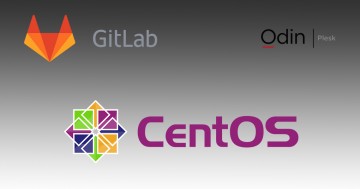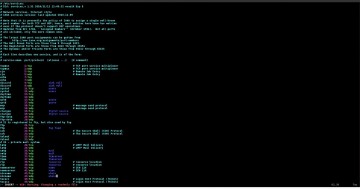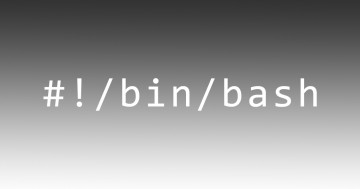
Generating a valid self-signed certificate for Apache and Chrome
How to use OpenSSL to generate a valid self-signed certificate for Apache and Chrome 58+ without having NET::ERR_CERT_AUTHORITY_INVALID or NET::ERR_CERT_COMMON_NAME_INVALID warnings

Postfix: How to identify a PHP script sending spam
Your domain is hosted on a Linux server using Postfix to send emails and is blacklisted for spam? Here’s what to do.

Linux: passwordless SSH login using private keys
In case you don’t know, Secure Shell (SSH) is a UNIX-based command interface and protocol for securely getting access to a remote computer. Default method for SSH access is password-based authentication: by knowing a remote system user’s username and password, you can login into the system. Using private/public key pairs instead of (or

Install and configure GitLab with Plesk 12 on CentOS 6
Let’s start by understanding what we’re talking about: Git is a DVCS – Distributed Version Control System software created in 2005 by Linus Torvalds, a Finnish programmer known as the author of the first version of the Linux kernel. In short, it allows you to keep track of changes made

Linux: how to change default editor
Sometimes Linux default editor (usually “you” or “vim”) is not the most comfortable, especially for users that often use other editors like “nano”. There are several online tutorials on how to change the default editor, but those procedures are often wrong and we realize that when, for example, we try to edit crontab

Linux scripting: how to fix “bad interpreter” error
During bash script execution on Linux, it might happen to face the following error: This often happens when the executed script (in the above example, the “configure” file) has been edited on a Windows OS with an editor who saved it with DOS (CR + LF) line endings instead of Unix (LF) ones. The quickest way to




